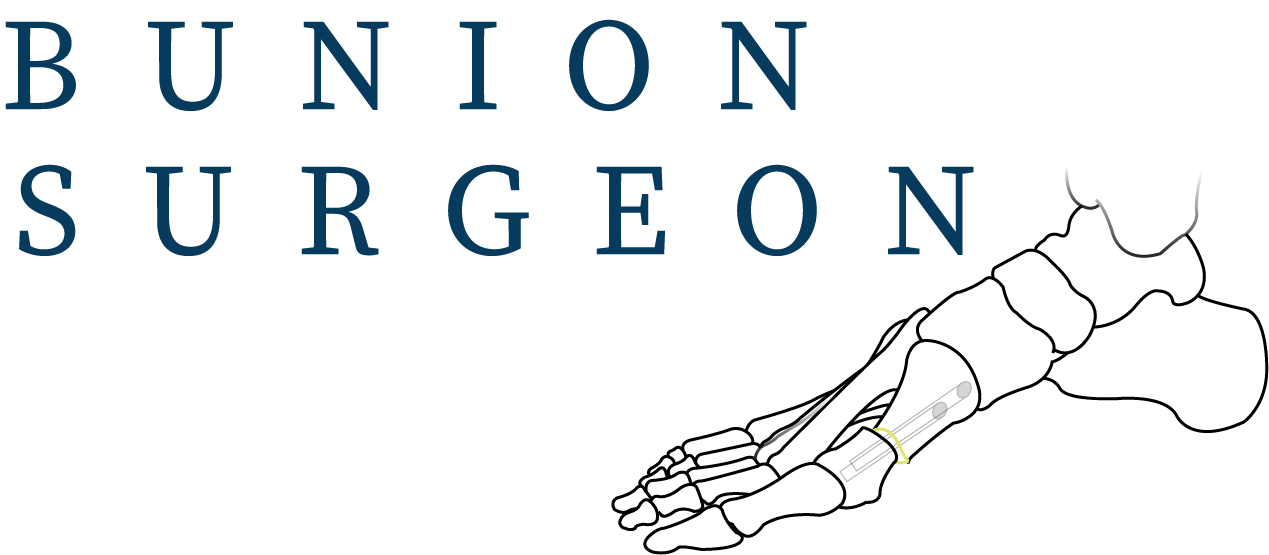

Keyhole Bunion Surgery
Date published: 2023-06-09

What is Bunion Surgery?
If conservative measures fail to resolve your Bunion symptoms, surgery may be recommended. Bunion surgery is an invasive form of treatment and is hence typically considered a last resort. However, it is currently the only available treatment that is capable of resolving the Bunion deformity. The following contexts might indicate that surgery is the most appropriate treatment:
You can not bend or straighten the toe
You can’t walk any long distance without foot pain
Rest and medication do not fully resolve pain and swelling
Everyday activities are not possible to undertake, due to symptoms
The underlying rationale behind all Bunion surgery is that if the bony deformity is corrected, symptoms will resolve and foot function will return. Although this is the end goal for all Bunion surgery, there are many different types of procedure. There are a number of factors that would determine what procedure is most appropriate to each individual, which may include:
Severity or relative size of the Bunion
The health of your foot, such as other foot deformities
General health
Age
Many surgeons will also favour particular procedures, which they have found to be more effective or successful
What is Keyhole Bunion Surgery?
When discussing types of surgery with their surgeon, patients often ask about Keyhole Surgery, also known as Minimally Invasive Surgery. Keyhole surgery uses modern technology and sometimes medical imaging technology to perform an operation with very few and small incisions. This has a number of benefits, including:
Faster recovery times
Less postoperative pain
Less scarring
A shorter hospital stay
No need for general anesthesi
As a matter of course, less and smaller incisions are the starting point with all modern techniques. However, not all cases are suitable for Minimally Invasive or Keyhole surgery, for instance, if greater access is needed or there are other deformities being corrected at the same time.
Is all Keyhole Bunion Surgery the Same?
The short answer to this question is, no, not all keyhole surgeries are the same. There are several popular techniques for minimally invasive Bunion correction, broadly they can be classified as percutaneous and minimum incision operations. Some include wires and particular specialised screws, or have minor procedural idiosyncrasies that are particular to an individual surgeon.
I tend to carry out minimally invasive Bunion surgery using the PECA Bunion Correction system.
Recovery from Keyhole Bunion Surgery
Typically recovery following Keyhole Bunion Surgery is quite quick, especially compared to older procedures. It is often possible to walk straight after surgery, albeit with a reasonable reduction in activity while the area heals and often with the use of crutches or a special boot to promote healing. There is typically a return to normal shoes at 6 weeks postoperatively and no need for a stick or crutches to aid walking.
I have previously written in some detail on the most common types of procedure I use at my clinic, including the PECA (MIS) minimally invasive device.
If you would like more information, or would like to schedule a consultation, contact our team on:
Tel: 0207 820 8007 | Email: admin@bunionsurgeon.co.uk | Address: 17 Harley Street, London, W1G 9QH